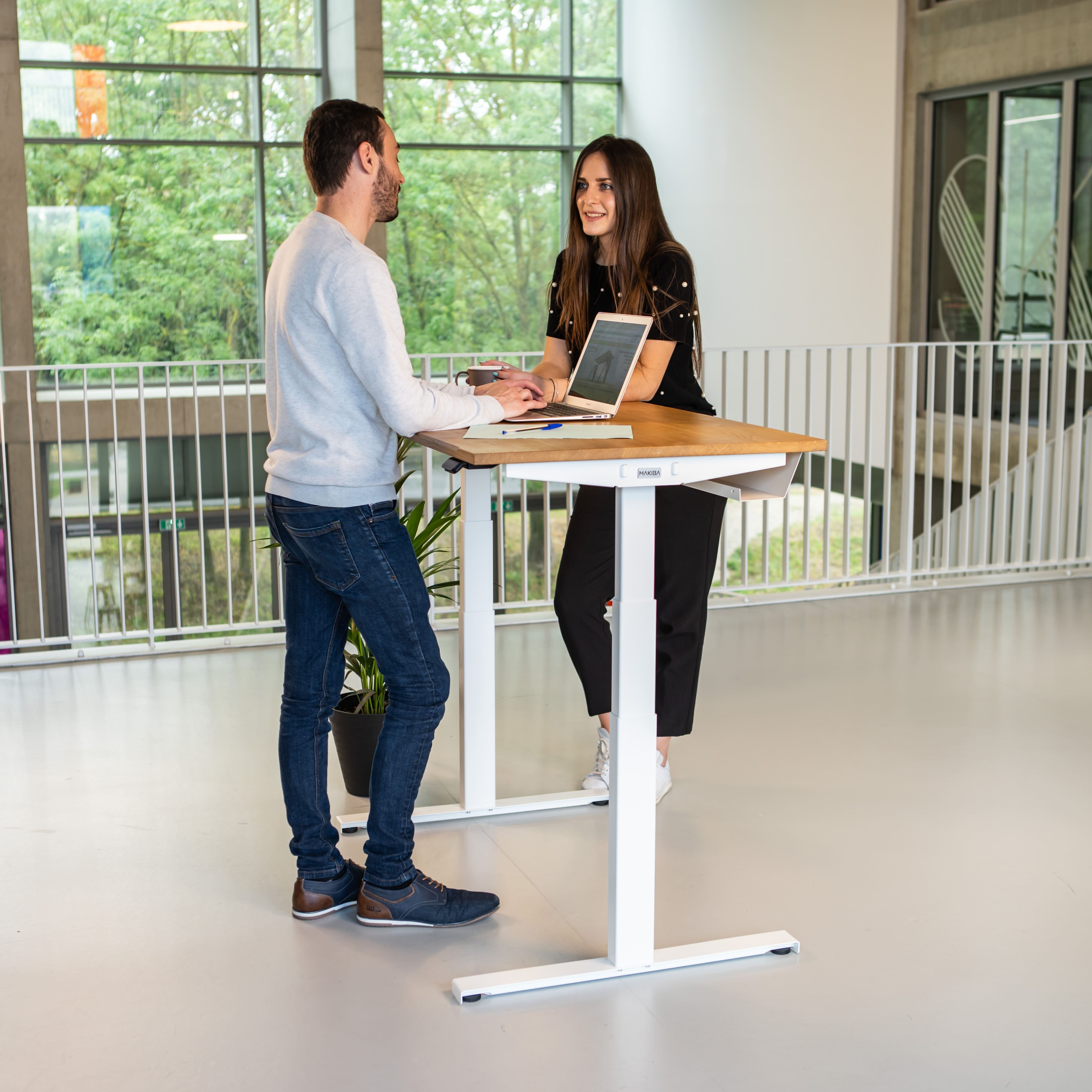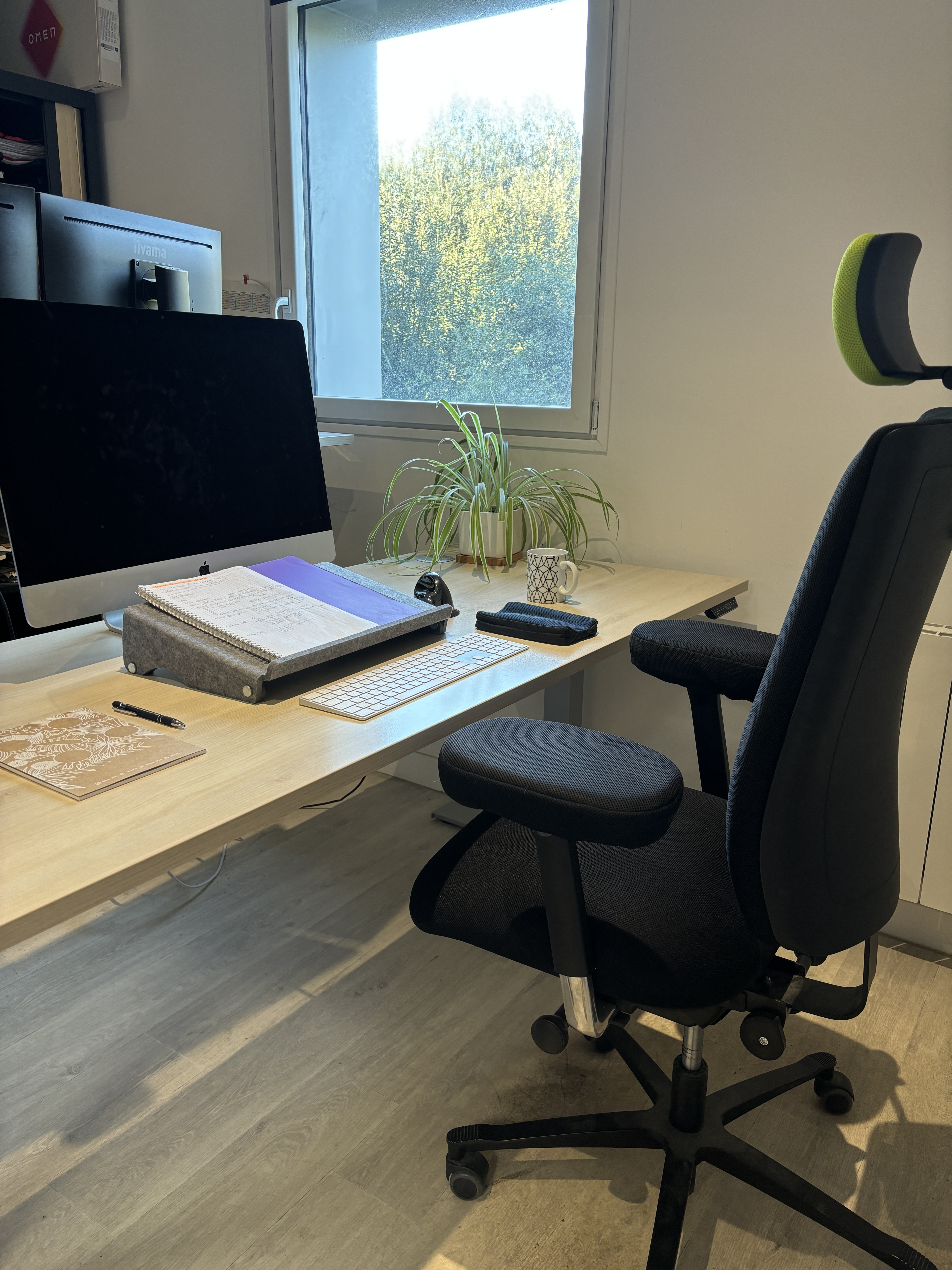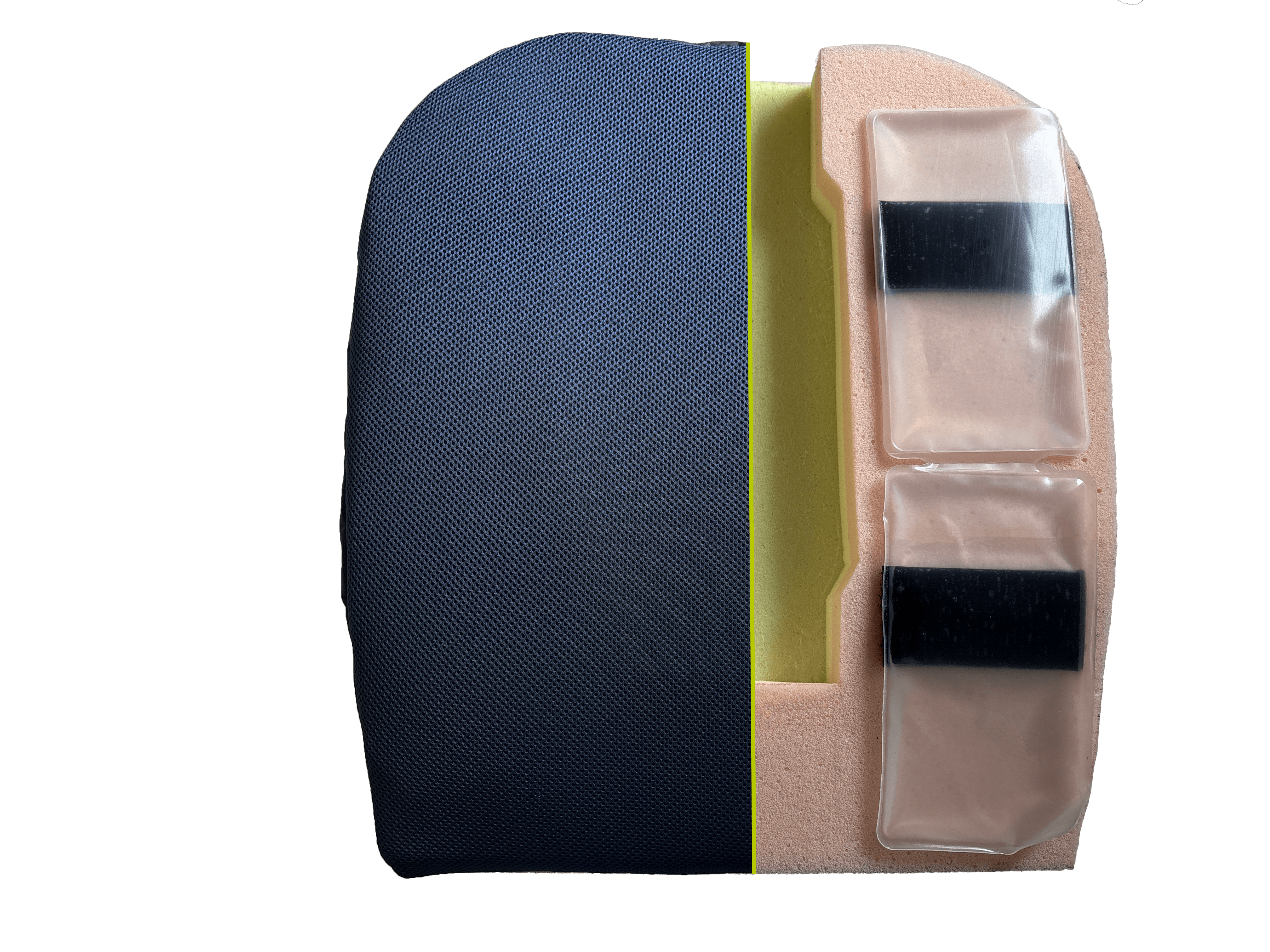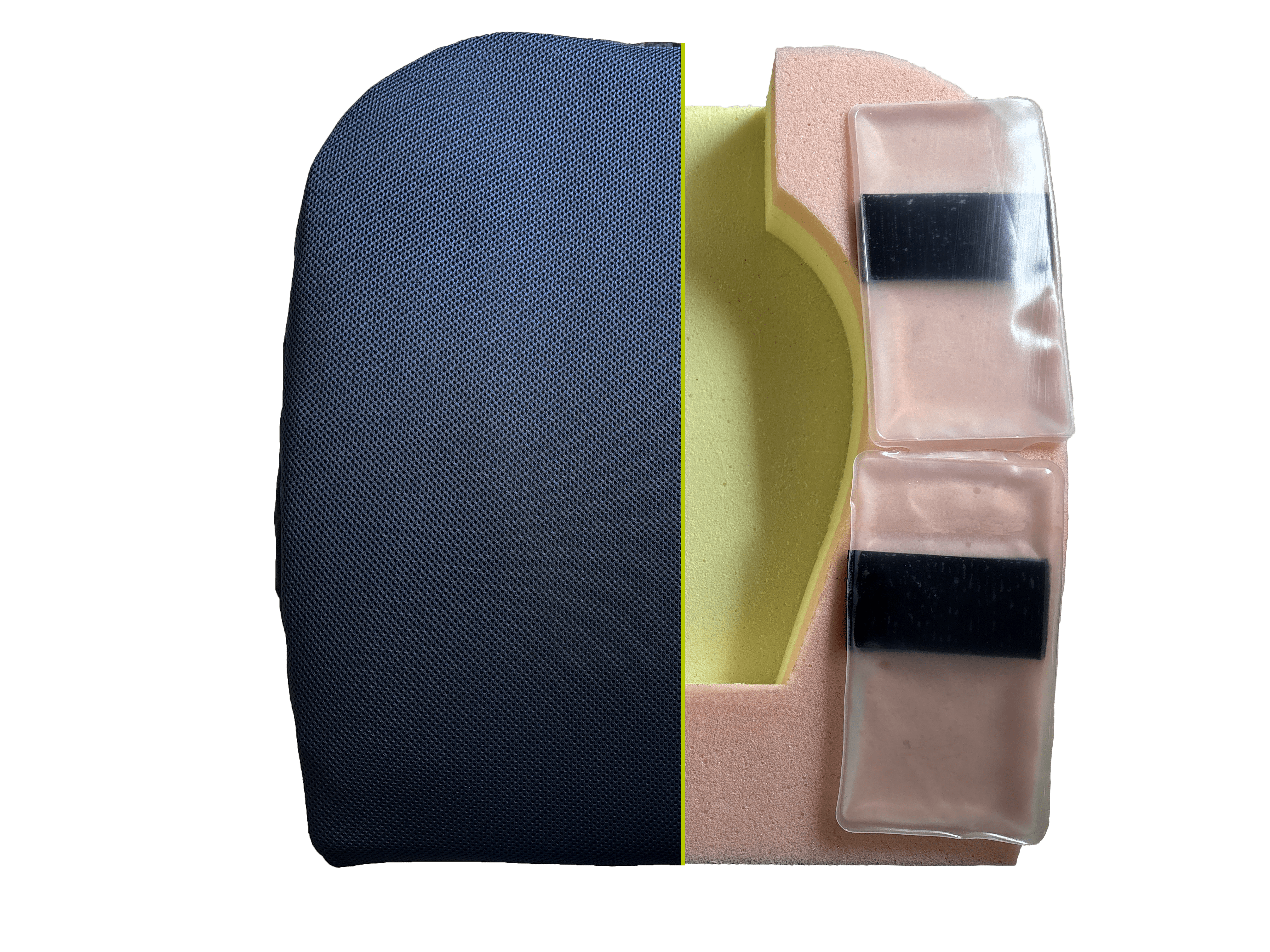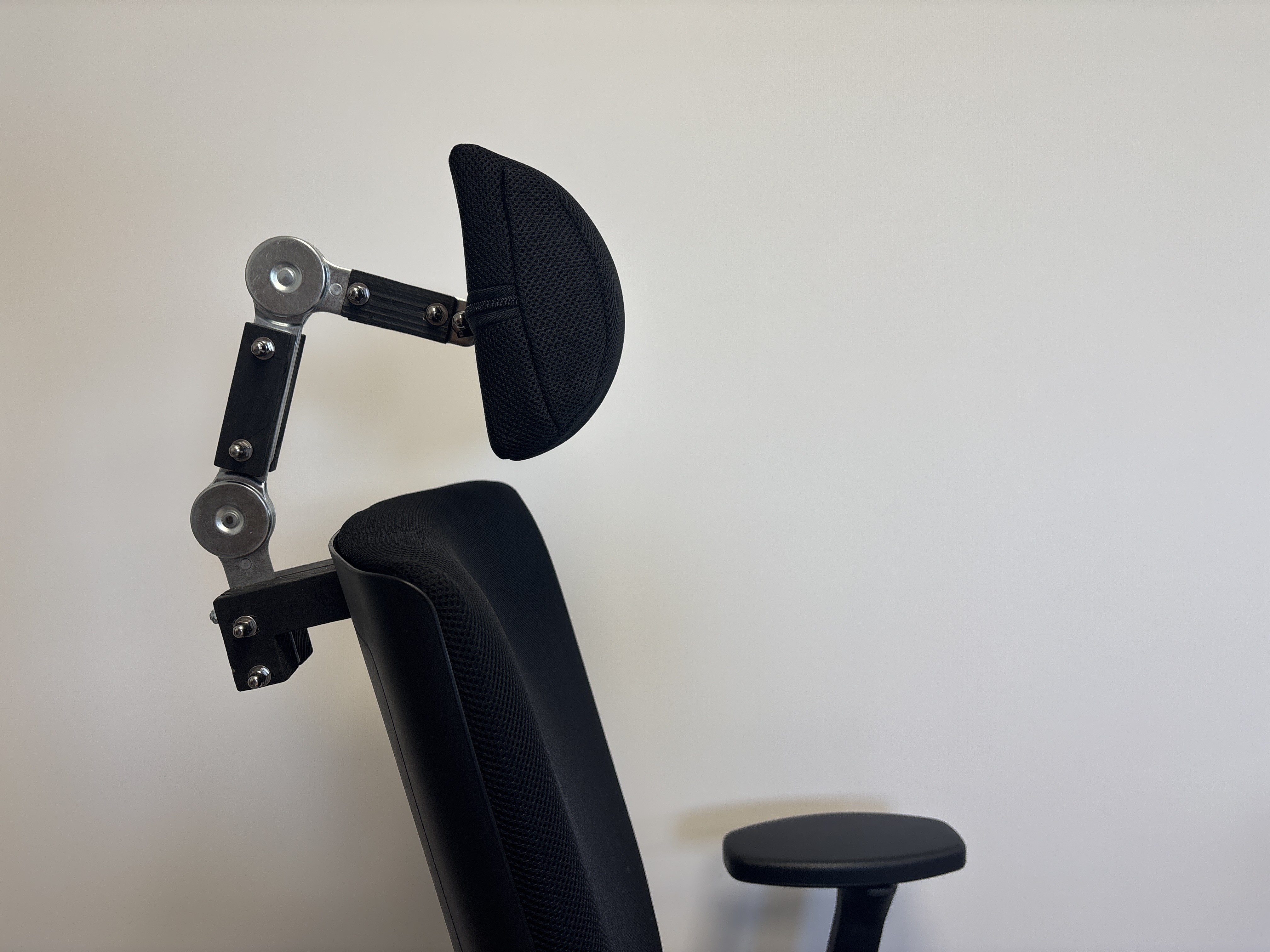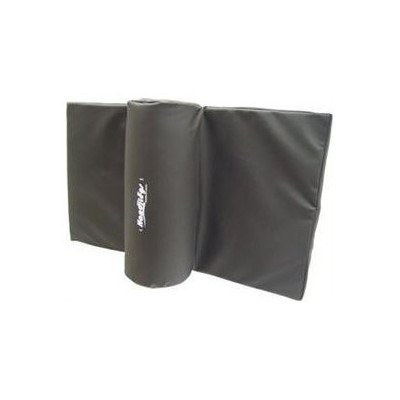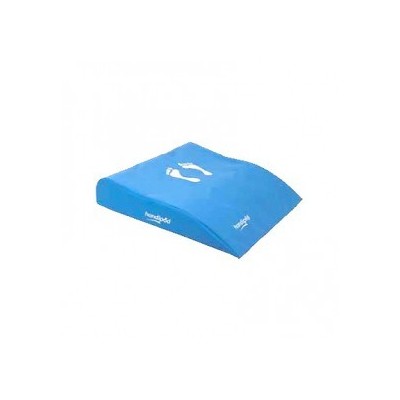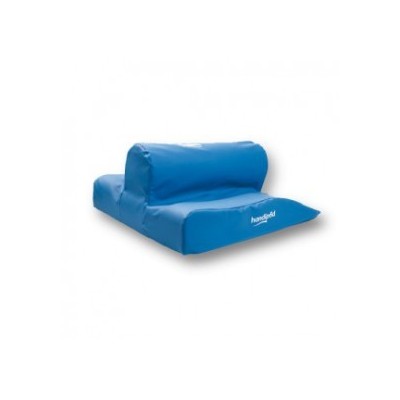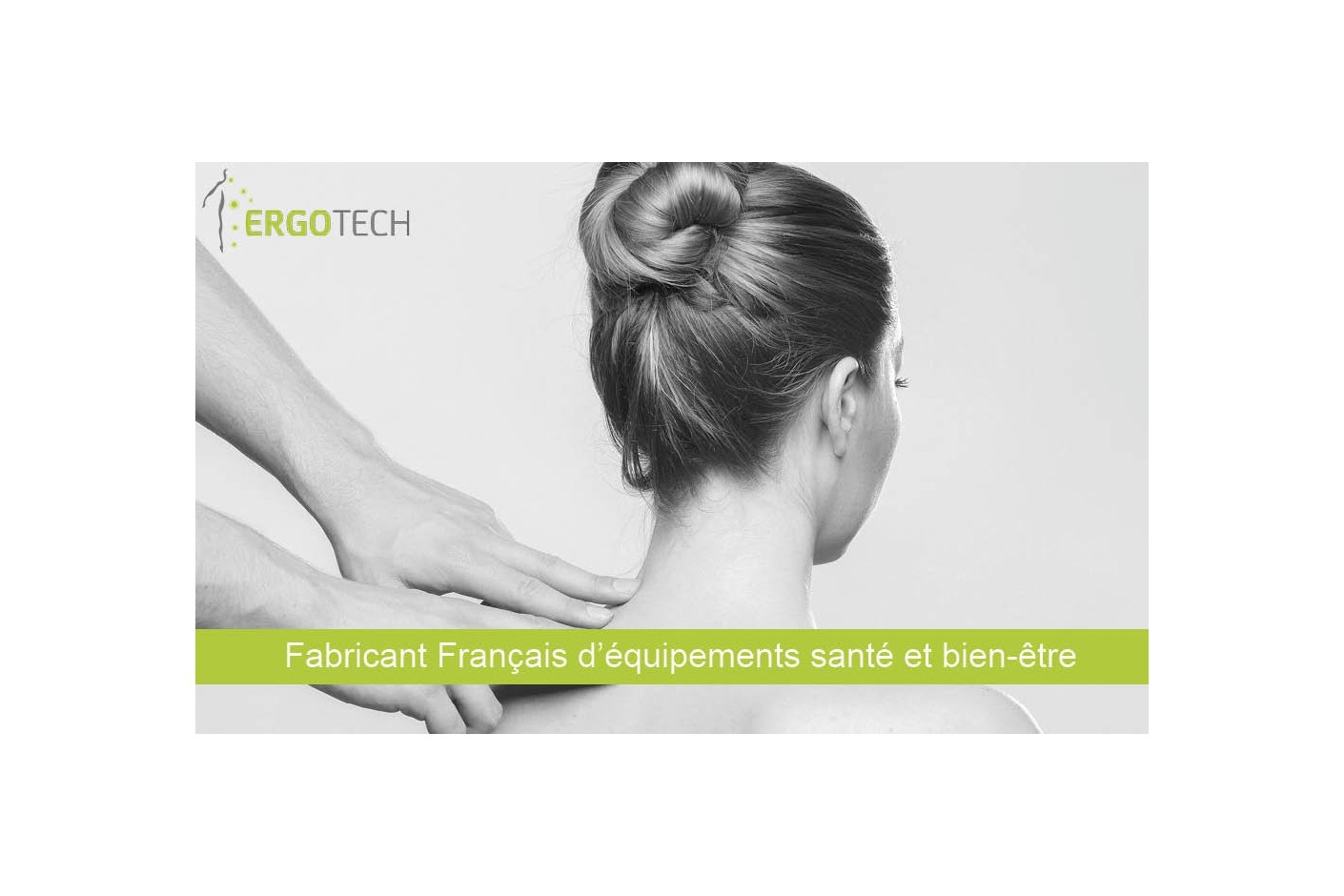
How to Detect and Relieve Cluneal Nerve Pain?
What Is Cluneal Neuralgia?
Cluneal neuralgia, or clunealgia, is a neurological condition that can cause sensations of burning, tingling, numbness, pins and needles, or electric shocks.
The compression of the cluneal nerve, which causes the pain experienced by the patient, can occur in two ways and affect two different areas:
- • Compression of the piriformis muscle (located in the middle of the buttock), leading to pain in the posterior femoral cutaneous nerve, from which the cluneal nerve arises. This results in pain in the buttock and down the back of the thigh to the back of the knee. Pain may also extend to the perineal region when seated.
- • Compression of the cluneal nerve by the ischium (the bone you sit on) when sitting. The pain in the buttock is more intense when sitting on a hard surface.
Cluneal Neuralgia: A Painful and Hard-to-Diagnose Condition
Cluneal Neuralgia vs. Pudendal Neuralgia: What’s the Difference?
Clunealgia is notoriously difficult to diagnose and often takes years to identify.
Cluneal neuralgia is frequently confused with pudendal neuralgia, as both affect adjacent areas. Sometimes, clunealgia is also mistaken for sciatica.
Cluneal neuralgia typically causes pain in the groin fold, the outer buttock, the upper thigh, and the inside of the buttock. While pain may be felt near the anus and labia majora, the anus, vagina, vulva, penis, and clitoris are not affected—unlike in cases of pudendal neuralgia.
Living with Cluneal Neuralgia
Sitting quickly becomes painful for individuals with cluneal neuralgia, significantly affecting daily life. Pelvic mobility may also be reduced, making walking difficult in some cases.
We have developed the Cluneal Cushion, a seating cushion designed for daily use to relieve cluneal nerve pain. Whether at home, work, or in the car, this discreet, portable cushion provides decompression from the sacrum to the perineum, targeting both the pudendal and cluneal nerves with a specially shaped cutout. The High Viscosity Fluid pockets—an exclusive Ergotech technology—help relieve pressure on sensitive areas when sitting.
What Are the Treatment Options for Cluneal Neuralgia?
How to Relieve Cluneal Neuralgia?
In addition to pain-relief medications, corticosteroid injections can be administered at the sacrospinous ligament, beneath the piriformis muscle, or at the inner side of the ischium, depending on the pain location.
Pulsed radiofrequency treatment is also possible using a needle inserted locally, similar to an injection.
Osteopathy sessions combined with physiotherapy may also be helpful.
In some cases, surgery may be an option. This involves opening the buttock along the ischium and following the nerve pathway toward the piriformis muscle to release the nerve.
Do your symptoms better match those of pudendal neuralgia? Check out our pudendal cushion: Alcock Rest.

